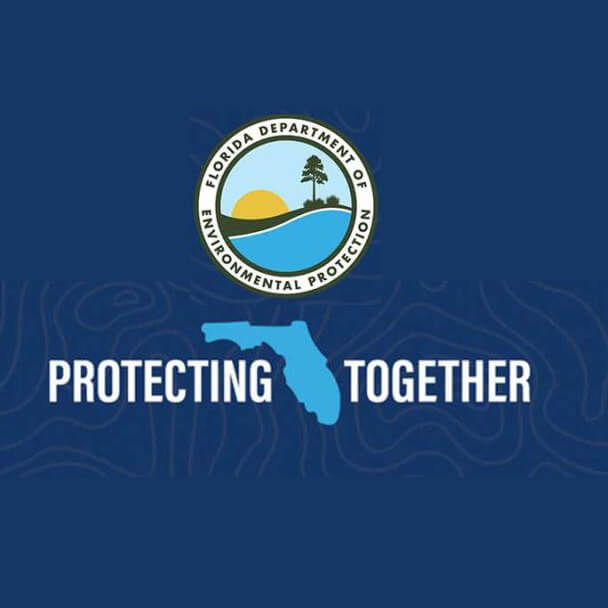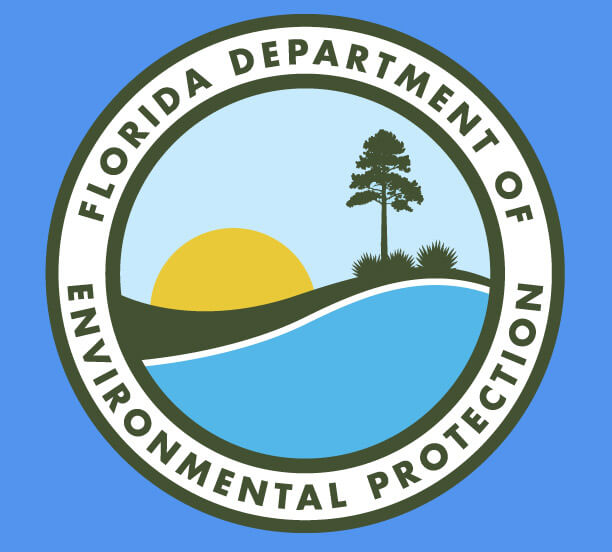The Importance of Water Testing in Florida View Article
Water testing in Florida is vital for ensuring public health and protecting aquatic ecosystems. Tests of drinking water systems must meet strict safety standards, while nutrient levels in natural bodies of water are monitored to prevent excessive nutrient loading. Regular testing helps identify and address any potential contamination, safeguarding Floridians from waterborne diseases and protecting the state's rich biodiversity.
Understanding the Composition of Florida's Drinking Water View Article
Florida relies on a variety of sources to supply safe drinking water to its citizens. Surface water, groundwater from aquifers, and desalination of seawater are all used to provide Floridians with clean, high-quality drinking water. The composition of this water is largely determined by the surrounding geology and land use, and minerals such as calcium, magnesium, and potassium are common components. Florida's approach to water supply is an impressive example of effective water resource management.
Potential Contaminants in Florida's Water Supply: A Comprehensive Insight View Article
Florida's diverse water sources face the challenge of safeguarding from potential contaminants. This article explores natural and anthropogenic sources and the measures put in place to mitigate their impacts on water quality. Agricultural runoff, industrial discharges, and stormwater runoff are all addressed to ensure Florida's water is safe and clean for everyone. Businesses must obtain permits and follow DEP regulations to prevent environmental harm.
Water Quality Analysis in Florida: Essential Tools and Methods View Article
Ensuring the quality of Florida's water supply is a multifaceted process that relies on rigorous analysis using state-of-the-art tools and methods. This article provides an overview of essential tools such as laboratory analysis, in-situ monitoring, and remote sensing technologies. These technologies enable accurate data collection, ensuring public health and environmental integrity. They provide immediate insights into the real-time status of water quality and offer dynamic monitoring of long-term variations.
Identifying Different Water Sources in Florida and Their Usage View Article
Florida is a state of abundant water resources, made up of surface water such as rivers, lakes, and springs, and groundwater from aquifer systems like the Floridan Aquifer. These water sources are key to the state's growing population and economic activities, providing drinking water, irrigation, manufacturing, and cooling across public water supply systems, private wells, and the agricultural and industrial sectors.
The Impact of Hurricane Season on Florida's Drinking Water View Article
Hurricanes bring many challenges to Florida, particularly for the state's drinking water supply. This article explores the risks posed by hurricanes and the robust measures in place to ensure the resilience of the water supply. Power outages, flooding and saline intrusion are all potential risks, however pre-storm preparations, emergency response and water quality monitoring are being conducted to safeguard the drinking water supply.
The Role of Water Treatment Plants in Florida View Article
Water treatment plants in Florida are essential to providing safe, clean drinking water. After source water is carefully selected and conveyed, it undergoes screening and pre-treatment processes. Sedimentation basins allow suspended particles to settle, then they're filtered out. Physical processes like these are critical for ensuring the population's access to high-quality water.
Participation in Ensuring Safe Drinking Water in Florida: Citizen's Role View Article
In Florida, citizens play a vital role in ensuring safe drinking water by engaging in water conservation and reporting water quality concerns. The state of Florida and local health departments rely on citizens to take proactive action in monitoring water quality. Citizens should also properly dispose of household chemicals to prevent water contamination. Everyone has a part to play in creating safe, clean drinking water.
The Effects of Florida's Water Quality on Marine Life View Article
Florida's water quality affects its marine life significantly. Nutrient pollution and HABs can cause mass mortalities, while climate change-induced increases in temperature can lead to coral bleaching and impacts on the distribution of species. Ocean acidification caused by CO2 absorption can also result in drastic changes in marine ecosystems. Businesses must be aware of these environmental effects to ensure sustainable practices.
Maintaining a Clean Water Supply in Florida: Challenges and Solutions View Article
In Florida, the challenge of keeping water supply clean and sustainable is met with viable solutions. Nutrient pollution control practices, investments in advanced water treatment technologies, and adaptive water management strategies can help ensure water quality. Aging water infrastructure should also be addressed through asset management plans, regular inspections, and smart meter technologies.
Florida's Water: A Comparative Analysis of Urban vs. Rural Water Quality View Article
Florida's water resources are essential for its economic, ecological, and social prosperity. An analysis of urban and rural water quality reveals distinct challenges to address through green infrastructure investments, advanced wastewater treatment technology, and stringent regulations. In rural areas, intensive agriculture and septic systems can be direct sources of nutrient and pathogen pollution. Businesses have the opportunity to help improve water quality in Florida.
A Historical Account of Water Management in Florida View Article
Florida's water management journey has been a complex and fascinating one, dating back to indigenous peoples who developed sophisticated irrigation systems. 19th century settlers began draining wetlands and digging canals, leading to the creation of Everglades Drainage Districts. In the 1930s/40s, the ambitious Cross-Florida Barge Canal project sought to connect the Gulf of Mexico and Atlantic Ocean. Though it was stalled in the 70s, remnants remain today, a testament to centuries of ingenuity and innovation.
Mitigating Water Pollution in Florida: Measures and Policies View Article
Water pollution is a major concern in Florida. This article highlights the measures and policies implemented to mitigate contamination, such as Best Management Practices (BMPs) in agriculture, stormwater management, advanced wastewater treatment, and environmental regulations. These vital steps protect the quality of water resources, leading to the well-being of both the environment and its residents.
Algae Blooms in Florida: The Impact on Water Quality View Article
Algae blooms in Florida's waterways are concerning for their environmental impact. Cyanobacteria blooms can produce toxins that are harmful to humans, animals and aquatic life, while red tide toxins can cause fish kills and respiratory issues. Nutrient pollution from agriculture and human activities such as climate change are exacerbating these issues. Businesses must stay informed of the potential impacts of algae blooms and work to mitigate them.
Exploring Desalination Prospects for Florida's Future Water Security View Article
Florida is exploring innovative desalination as an option to secure its future water supply. Benefits include increased water supply, diversification of sources, and emergency supplies during drought—though energy intensity is a challenge to consider. Desalination promises to be a reliable, drought-resistant way to meet increasing demand.





